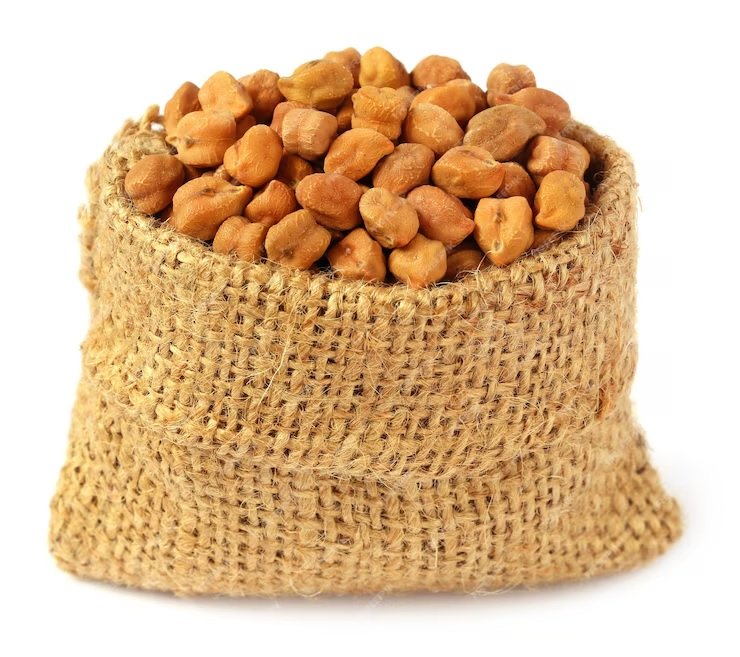Good rains in Australia benefit gram crop
17-Jun-2025 01:42 PM

Hobart. Good rains in Australia's major producing regions during the first week of June have significantly benefited the lentil and gram crops. The favorable weather conditions in the northern parts of the country have especially improved the outlook for gram, while lentils in Victoria and South Australia are also in better shape.
Trade analysts report that the condition of gram and faba beans in the north and lentils in the south has improved noticeably. However, despite these developments, market prices for pulses have remained mostly stable, and overall trade activity continues to be sluggish.
In major importing countries like India, a basic customs duty of 10 percent on both gram and lentils has affected demand, while interest from other international buyers remains weak. The domestic trade of faba beans in Australia is reportedly steady.
According to the Australian Bureau of Agricultural and Resource Economics and Sciences (ABARES), gram production in the 2025–26 season is projected to be around 18.80 lakh tonnes, down by about 4 lakh tonnes from the record 22.70 lakh tonnes harvested in 2024–25.
Sowing of gram is complete in northern New South Wales and the southern and central regions of Queensland, while nearing completion in other parts of the country.
The overall sowing conditions were favorable, though excessive rainfall in some outer northwestern plains of New South Wales has delayed sowing due to overly wet soil. In those regions, completing sowing before the end of the month may be difficult.
In areas where sowing was completed early, the crop has begun germinating, and new leaves are emerging, indicating healthy growth.
ABARES also forecasts that in the 2025–26 season, gram cultivation area in Queensland may rise slightly from 4.20 lakh hectares to 4.30 lakh hectares, but production is expected to drop from 9.50 lakh tonnes to 7.90 lakh tonnes.
Similarly, in New South Wales, the area under gram is likely to increase from 5.80 lakh hectares to 5.90 lakh hectares, while production may decline from 12.80 lakh tonnes to 10.50 lakh tonnes. In other states, both the sown area and expected production figures are expected to remain roughly the same as last year.
